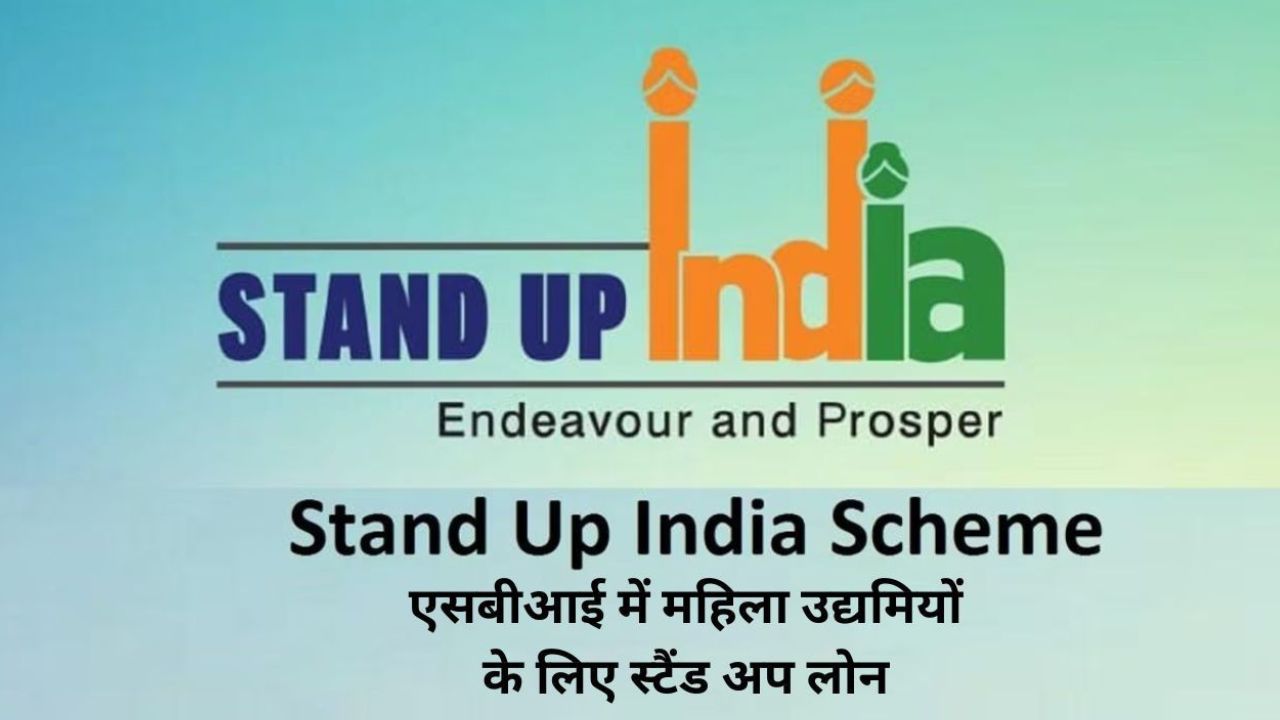While many government schemes support existing micro-enterprises, a significant challenge for aspiring entrepreneurs, particularly those from historically disadvantaged communities, has been accessing substantial initial capital to start a new business. Traditional bank lending often requires collateral and a proven track record, creating a major barrier for first-generation entrepreneurs.
To address this specific credit gap, the Government of India launched the Stand-Up India Scheme on April 5, 2016. It’s a unique initiative designed to promote entrepreneurship at the grassroots level by focusing on women and individuals from the Scheduled Castes (SC) and Scheduled Tribes (ST). The scheme’s core objective is to empower them to move from being job seekers to becoming job creators by providing them with the necessary bank financing to set up their own ventures.
What is the Stand-Up India Scheme?
- Full Name: Stand-Up India Scheme
- Launched: April 5, 2016
- Ministry: Ministry of Finance
- The Goal: To facilitate bank loans between ₹10 lakh and ₹1 crore to at least one Scheduled Caste (SC) or Scheduled Tribe (ST) borrower and at least one woman borrower per bank branch of every scheduled commercial bank in the country.
- The Focus: The loan is exclusively for setting up a greenfield enterprise. A “greenfield enterprise” refers to the beneficiary’s very first-time venture in the manufacturing, services, or trading sector.
Key Features of the Scheme
Substantial Loan Amount
The scheme provides for a significant loan size, ranging from ₹10 lakh to ₹1 crore. This allows for the establishment of more substantial businesses compared to what is possible under typical micro-credit programs.
Composite Loan Structure
The loan is a composite loan, meaning it can be used to cover both the fixed costs (like purchasing machinery) and the working capital requirements of the new business. The loan will cover up to 75% of the total project cost.
Broad Mandate for Banks
A key feature is the wide-reaching mandate. Every single bank branch of a scheduled commercial bank is required to finance at least two such projects—one for an SC/ST entrepreneur and one for a woman entrepreneur. This ensures wide accessibility of the scheme across the country.
Handholding Support
The scheme is not just about providing loans. It recognizes that first-time entrepreneurs need guidance. A dedicated web portal, the SIDBI Stand-Up India Portal, acts as a digital hub to provide information and connect applicants with a network of agencies that offer support in areas like preparing business plans, financial training, and marketing.
Who is Eligible and How to Apply?
Eligibility Criteria
- The applicant must be a woman or belong to a Scheduled Caste or Scheduled Tribe community.
- The applicant must be above 18 years of age.
- The loan must be for a new (greenfield) project.
- In the case of a partnership or a company, at least 51% of the shareholding and controlling stake must be held by an SC/ST or woman entrepreneur.
- The borrower should not be in default to any bank or financial institution.
Application Process
An aspiring entrepreneur can apply for the loan in three ways:
- Directly at any scheduled commercial bank branch.
- Online through the official SIDBI Stand-Up India portal.
- Through the Lead District Manager (LDM) of their district.
The Human Touch: Building a Dream
Sunita, a young chemical engineer, had a brilliant idea to start a small, eco-friendly detergent manufacturing unit. She had a detailed project plan but was struggling to get the initial capital of ₹50 lakh. As a first-time woman entrepreneur with no significant assets for collateral, she was finding it difficult to secure a bank loan.
She learned about the Stand-Up India scheme and applied through its online portal. The portal connected her with a mentorship agency that helped her refine her business plan and create a detailed financial projection. Her verified application was then forwarded to a local bank branch. The bank manager, guided by the scheme’s mandate to support a woman entrepreneur, reviewed her project’s viability.
After due diligence, the bank sanctioned a composite loan of ₹37.5 lakh (75% of the project cost). Sunita used the loan to lease a small industrial space, purchase machinery, and manage her initial working capital. Today, her enterprise is not only successful and selling its products locally, but it has also created jobs for seven other people. The Stand-Up India scheme provided the crucial financial leverage that turned her expertise and dream into a reality.
Impact and Challenges
Impact
- Credit to the Underserved: The scheme has successfully sanctioned loans for tens of thousands of first-generation entrepreneurs from the target communities, providing them access to formal credit that might have been otherwise unavailable.
- Promoting Inclusive Entrepreneurship: It has played a vital role in diversifying India’s entrepreneurial landscape by actively encouraging and supporting women and SC/ST individuals to start their own businesses.
Challenges
- Awareness: Despite being in operation for several years, awareness about the scheme and its benefits, especially in semi-urban and rural areas, remains a challenge.
- Margin Money: Arranging the required 25% margin money for the project cost can be a significant hurdle for many aspiring entrepreneurs from underprivileged backgrounds.
- Banker’s Risk Aversion: While mandated, some bank branches can still be hesitant to fund greenfield projects, which are inherently seen as high-risk, leading to procedural delays for applicants.
Conclusion
The Stand-Up India Scheme is a targeted credit-plus program that directly addresses the financial and support-system challenges faced by women and SC/ST communities in the world of entrepreneurship. By mandating the banking sector to actively support these entrepreneurs, the scheme fosters inclusive growth from the ground up. It plays a vital role in creating a more equitable and diverse economic landscape, empowering individuals to build their own enterprises, create wealth, and generate jobs for others.
